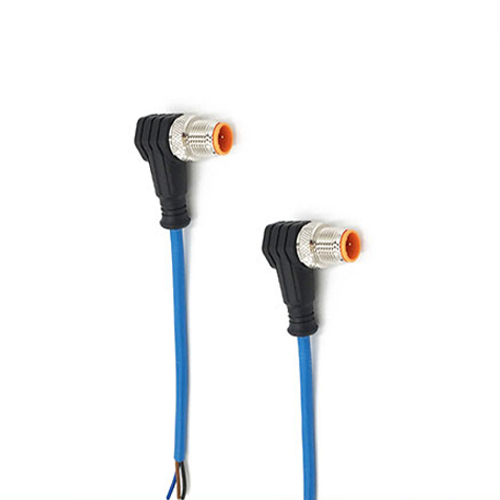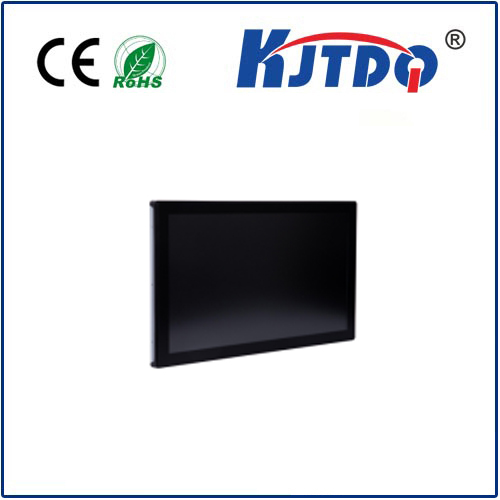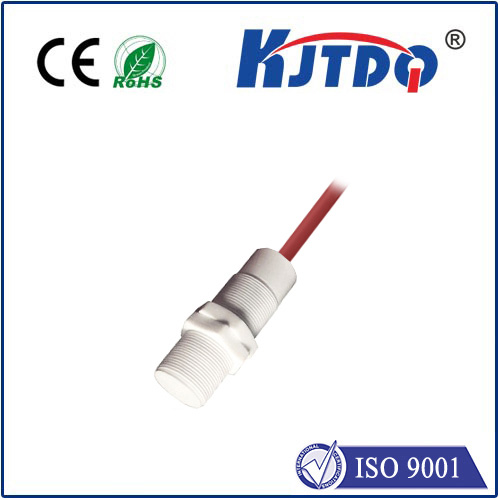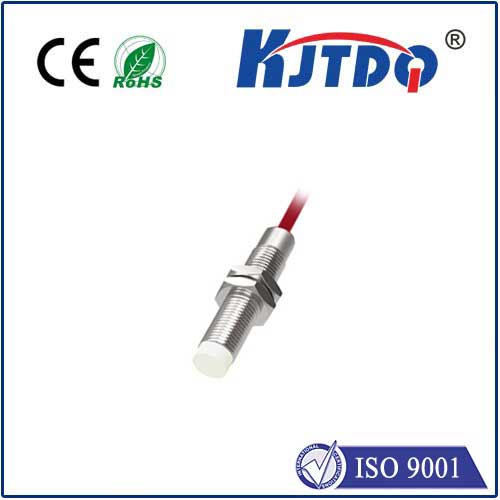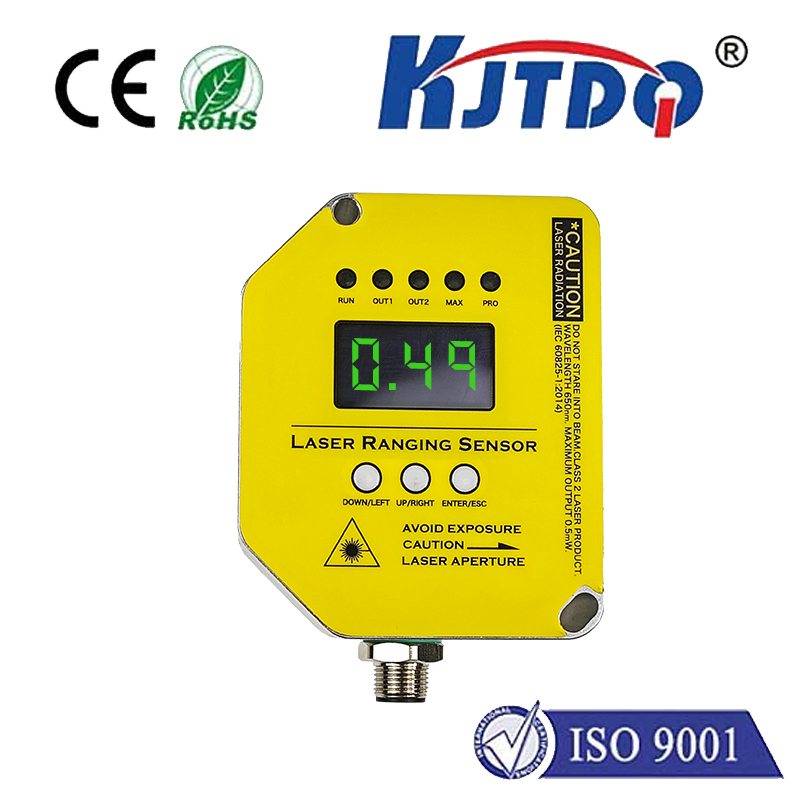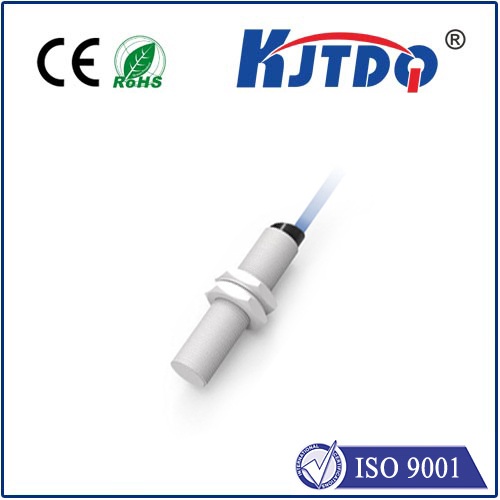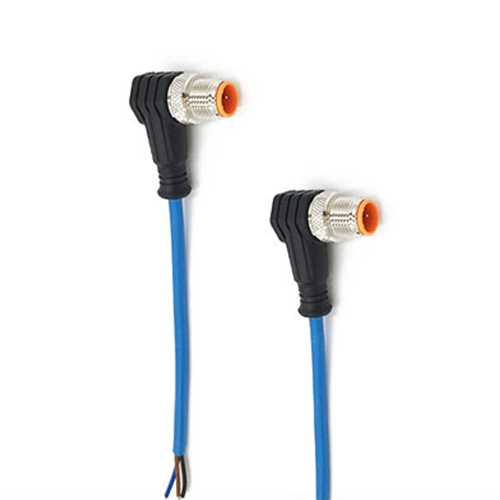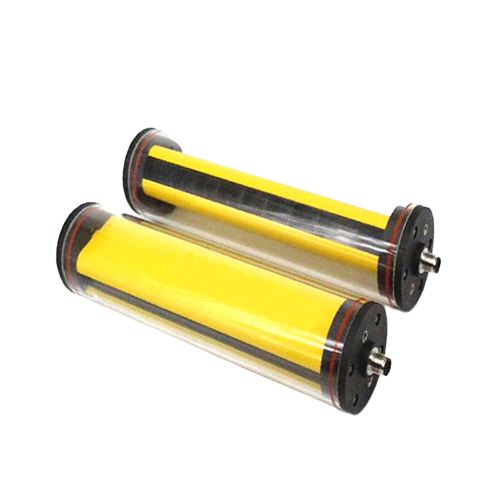low power proximity sensor
- time:2025-06-19 02:56:50
- Click:0
Low-Power Proximity Sensors: The Unsung Heroes of Battery-Hungry Devices
We’ve all been there: that sinking feeling when your smartphone battery plummets to 10%, or your smartwatch dies halfway through the day. In our increasingly connected world, where devices constantly monitor their surroundings, managing power consumption isn’t just a convenience – it’s an absolute necessity. Enter the often-overlooked champion: the low power proximity sensor. This key component operates silently in the background, enabling essential features while sipping power, not guzzling it. Understanding its role is crucial for designing efficient, long-lasting electronic devices.
Demystifying the Proximity Sensor: Sensing Nearness Without Contact
Fundamentally, a proximity sensor detects the presence or absence of an object within a defined range without physical contact. It achieves this by emitting a field (electromagnetic, infrared light, or capacitive) and analyzing any changes in that field caused by a nearby object. Common types include:
- Infrared (IR) Proximity Sensors: Emit an IR beam; an object reflects it back to a receiver. The time-of-flight or intensity change indicates proximity. Indispensable for screen blanking during phone calls.
- Capacitive Proximity Sensors: Detect changes in capacitance caused by an object (like a human hand) entering an electric field. Used in touchless controls and object detection.
- Inductive Proximity Sensors: Generate an electromagnetic field; a metal object entering the field induces eddy currents, altering the sensor’s characteristics. Primarily for industrial metal detection.
While proximity sensing itself is valuable, the critical differentiator for modern applications is ultra-low power consumption.
Why Low Power is Non-Negligible: Extending Device Lifespan

For devices reliant on batteries – especially small ones like wearables, hearables, IoT sensors, and remote controls – every microamp counts. Traditional sensors running continuously can drain batteries alarmingly fast. Low power proximity sensors solve this problem through ingenious design and operation:
- Reduced Active Current: Designed with optimized circuits that draw minimal current (< 10 µA, often down to µA) when actively sensing.
- Strategic Sleep/Idle Modes: Spend the vast majority of time in a deep sleep or idle state, consuming nanoamps (nA), only waking briefly to check for proximity.
- Pulsed Operation: Instead of emitting a continuous beam or field, they emit short, infrequent pulses. This drastically cuts average power.
- Smart Wake-Up: Can be configured to wake the entire host system (like a microcontroller) only when a significant proximity event is detected, preventing the main processor from constantly polling. This is crucial for battery life optimization.
- Efficient Signal Processing: On-chip processing minimizes the time and external circuitry needed to interpret the signal.
Where Low-Power Proximity Truly Shines: Key Applications
The impact of low-power proximity sensing is pervasive:
- Smartphones & Tablets: Phone screen management is the classic example. Bringing the device near your ear during a call triggers low power IR sensors to turn off the display instantly, preventing accidental touches and saving significant screen power. They also enable features like “raise to wake.”
- Wearables & Hearables: In smartwatches and fitness trackers, they detect when worn on the wrist, enabling automatic display activation or sleep tracking. In earbuds, they detect insertion/removal for automatic play/pause and conserve battery when stowed. Energy efficiency is paramount here.
- Consumer Electronics: TVs use them to detect user presence for automatic power-saving modes. Laptops utilize them to detect when the lid is closed. Remote controls wake instantly upon being picked up.
- Internet of Things (IoT) Sensors: Battery-powered door/window sensors, occupancy detectors, and security devices rely heavily on ultra-low power proximity sensors to wake only when movement or presence is detected, enabling years of operation on a single battery. This is fundamental for practical IoT deployment.
- Industrial & Automation: While often AC-powered, battery-backed systems or portable diagnostic tools benefit from low-power sensors for object detection or operator presence monitoring without frequent battery changes.
- Building Automation: Touchless faucets, soap dispensers, and lighting controls often run on batteries or energy harvesting; low-power capacitive sensors enable reliable, maintenance-free operation.
Design Considerations and Trade-offs
Implementing low-power proximity sensing effectively requires careful consideration:
- Power vs. Responsiveness: Aggressive power saving often means periodic sensing. There’s a trade-off between how quickly the sensor can detect an approaching object (latency) and its average current consumption. Designers must find the right balance.
- Sensing Range & Accuracy: Achieving sufficient range and reliable detection, especially in varying environmental conditions (sunlight for IR, humidity/dirt for capacitive), while maintaining low power can be challenging. Advanced algorithms help mitigate false triggers.
- Integration: Modern sensors often integrate multiple functions (proximity + ambient light sensing) and sophisticated digital interfaces (I²C, SPI), simplifying design but requiring careful power management of the integrated logic.
- Component Selection: Choosing sensors specifically designed and characterized for low quiescent current and efficient pulsed operation is critical.
Looking Ahead: The Future of Efficient Sensing
The evolution continues. We’ll see:
- Even Lower Power Consumption: Continued semiconductor process shrinks and circuit design innovations pushing active and sleep currents lower.
- Enhanced Intelligence: More on-chip processing for advanced algorithms (like gesture recognition or environmental compensation) using minimal additional power.
- Multi-Sensor Fusion: Tightly coupled operation with other low-power sensors (accelerometers, ambient light) enabling smarter context awareness with optimized system-wide power use.
- Energy Harvesting Integration: Designed to work seamlessly with tiny energy harvesters (solar, RF, thermal), enabling truly battery-free proximity sensing nodes for specific IoT applications.
The Critical Enabler
Low power proximity sensors are far more than just a component; they are a fundamental enabler of the modern, intelligent, and battery-dependent electronic landscape. By providing crucial contextual awareness – knowing when a user or object is near – while consuming minuscule amounts of energy, they unlock features that enhance usability and significantly extend the operational life of countless devices. Their silent, efficient operation is a testament to the power of focused engineering ingenuity, making the invisible hand-off between human interaction and device responsiveness not only possible but sustainable. As the demand for smarter, longer-lasting devices grows, the innovation driving these sensors towards ultra-low power horizons will only intensify.














